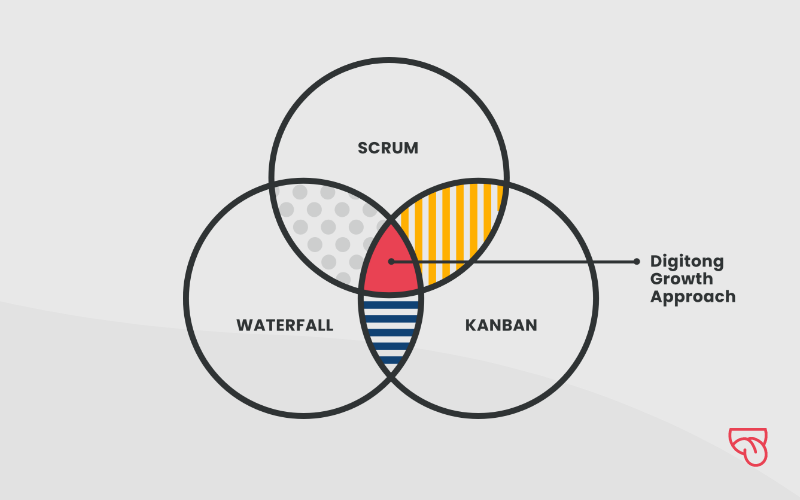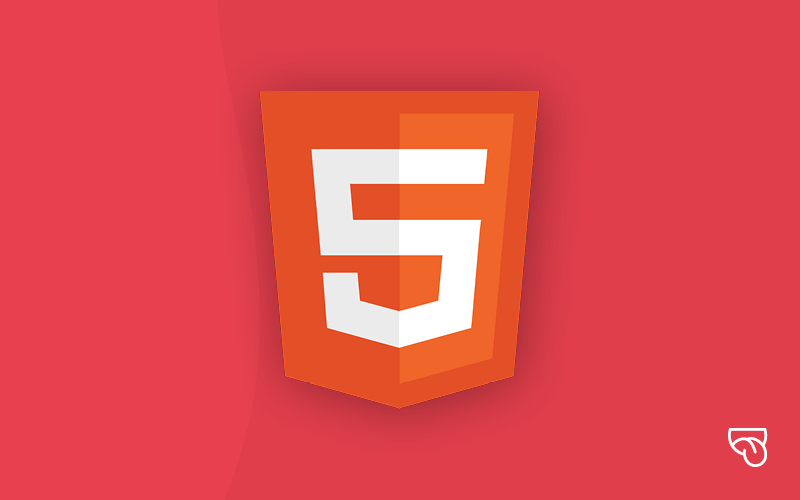What, ROAS or Revenue Over Ad Spend is not the best metric for my e-commerce business?
So how come Google, Facebook and so many agencies use this as their main KPI?
The answer is relatively simple. ROAS or Return On Ad Spend is a great metric. If the Return is greater than the ad spend, you have made money from the campaign. However, the Return (profit) is not directly available in e-commerce analytics, so not available to Google, Facebook, and other marketing channels. So, along the way, they decided to swap 'Return' (Profit) for the readily available, but opaque 'Revenue'. So usually ROAS is an abbreviation for Revenue on Ad Spend, which is something quite different from Return On Ad Spend.
Revenue tells you nothing about margins, fixed costs, payment costs, shipping costs, or so many other factors in running a profitable online business. ROAS was considered best practice for a long time simply because it was the only metric that could somewhat capture the profitability of campaigns.
However, at Digitong we like to look beyond just revenue, but effectively at the impact of our campaigns on the overall business.
What is POAS?
POAS is the abbreviation for Profit on Ad Spend. It is an alternative abbreviation for the original ROAS, which, as explained, was intended to measure Return on Ad Spend but ended up measuring Revenue on Ad Spend.
To find the POAS of your online advertising, divide the (gross profit attributable to the online marketing channel) by the (advertising expenses). These numbers are directly comparable, this means that a POAS higher than a (x1.0) that you have made money.
Now is this something new? Not really...
POAS may be a new term, but we have been using this logic for years. However, most organisations still look at a ROAS target, simply because it is easier to set up.
Moreover, each organisation calculates the profit value differently, and certain important choices are made about which costs are included or excluded. It is also important to note that most marketers want as high a turnover as possible, and are simply not judged by a profit target.
So why the shift? The shift from ROAS to POAS is happening mainly because the optimisation possibilities are increasingly disappearing within campaigns.
To achieve a competitive advantage in campaign types such as Smart ShoppingSo it is increasingly about who can send the best data signals to Google. Does your competitor take profitability into account and you don't? Then there is a big chance that you will lose the conversions with the highest profit value. You will then be left with the conversions for which you get little value in return, or even lose out.
So we need to go beyond Target CPA or ROAS but look at Effective Profit (Profit).
Profitable online advertising
At Digitong, we like to focus on the channels that make a bottom line profit for our customers (that's how we keep our added value).
The focus on POAS ensures that you make smarter choices that have a positive effect on the profitability of your campaigns. You prevent stopping the wrong campaigns or putting money into campaigns that seem profitable at first glance, but are not.
Is POAS also beneficial for my organisation?
Can you easily calculate what you earn with each ad? If the margin for each product is approximately the same, you can calculate the margin based on the conversion value at each level (account, campaign, ad group, etc.) based on Google Ads or Facebookdata.
Note that this does not include other costs (shipping, payment, warehouse costs, etc.), and these have a significant impact. For that reason alone, a more sophisticated method is recommended.
So we always recommend to look a step further than just turnover. For example, we have clients who make more profit with an ROAS of 300% than clients who run at 1000%, just because of the difference in margin/profit. If we want to go completely next level, we also look at metrics like NCA (New Customer Acquisition) cost or LTV (Life-time Value) of new online marketing customers.




